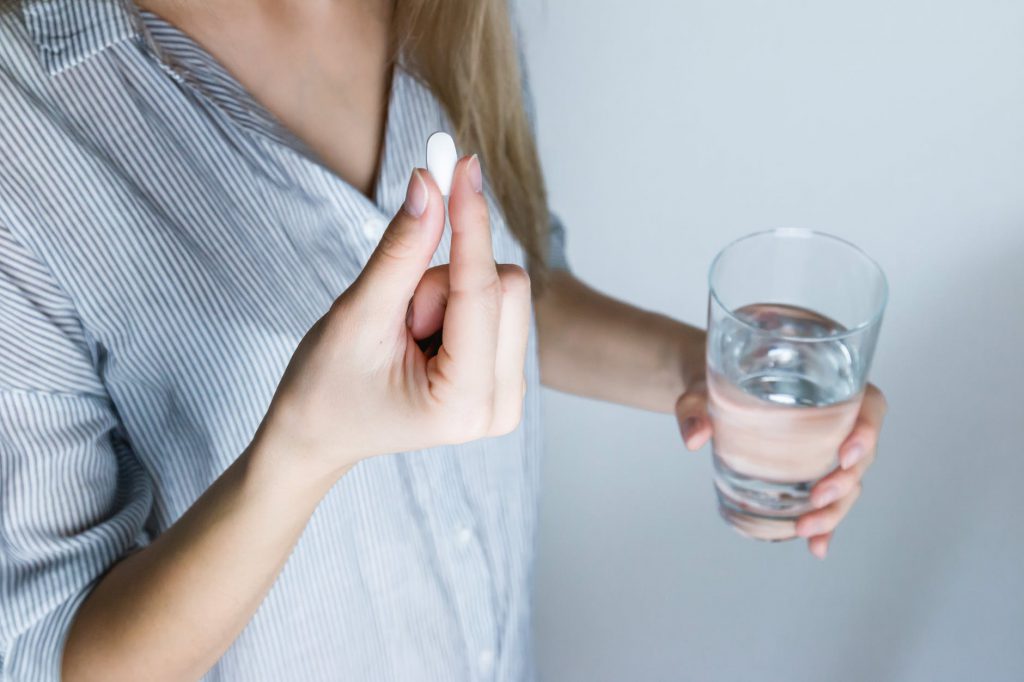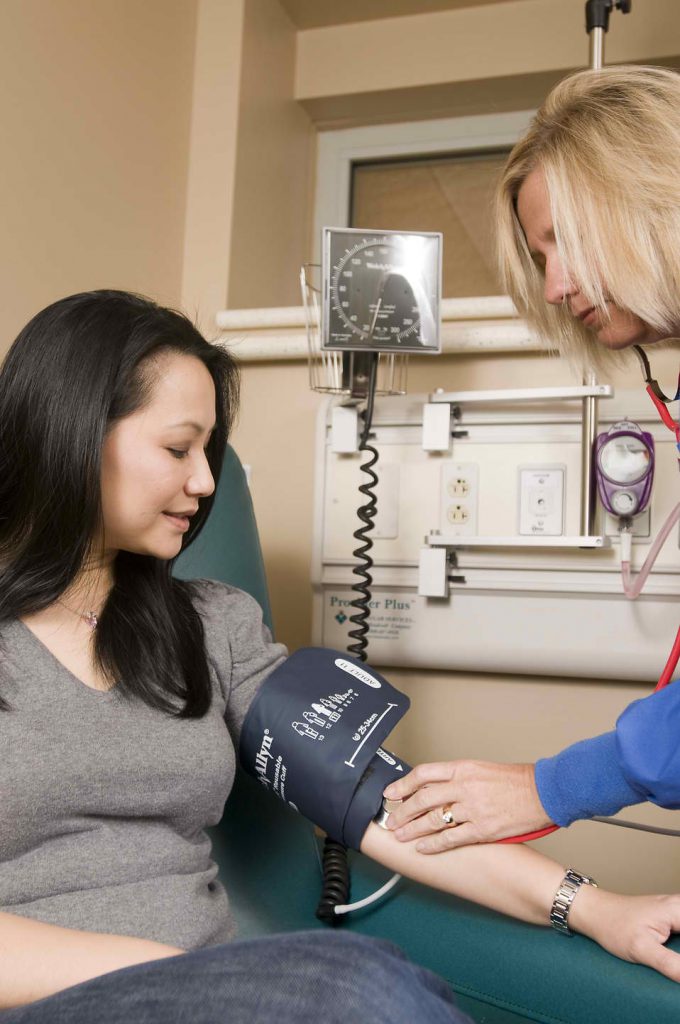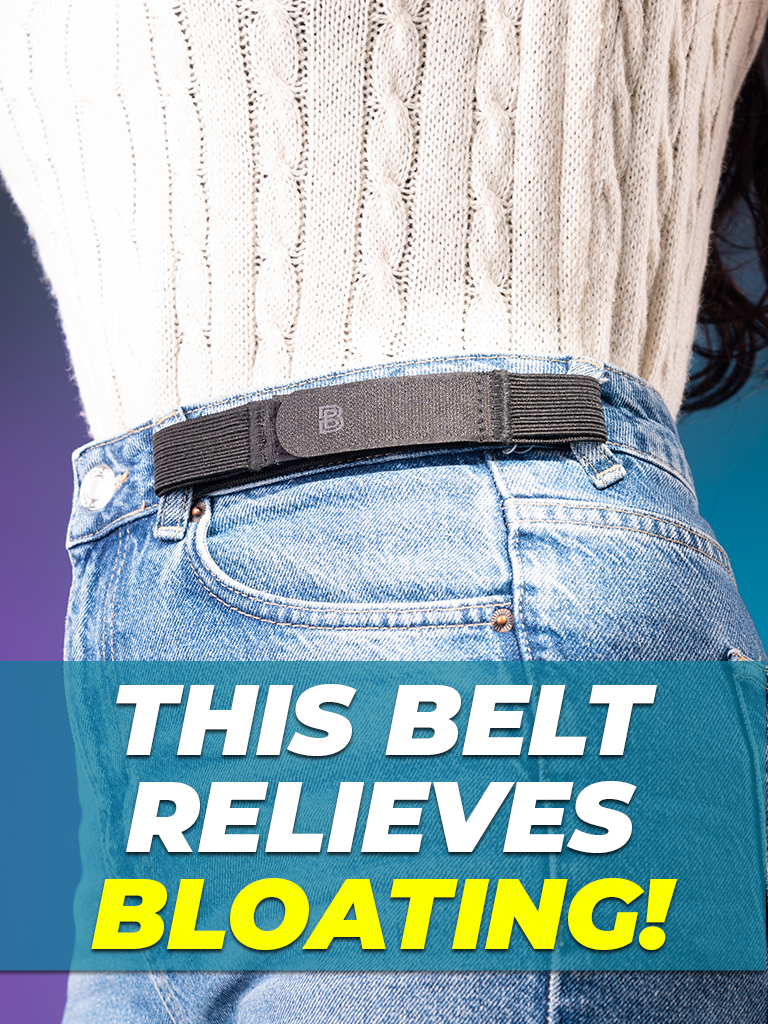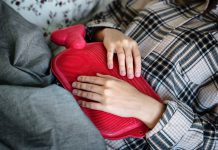The connection between hives and menopause is not one of the more well-known symptoms of perimenopause. For this reason, many women don’t automatically link the two together.
But the onset of perimenopause, the period of time before the menstrual cycle ceases for 12 consecutive months, triggers hormonal fluctuations that can create havoc in the body and immune system.
Most symptoms associated with perimenopause are linked to steadily declining levels of estrogen and progesterone, the two primary female reproductive hormones.
In this article, learn how hives may arise as hormone levels fluctuate. Also find out about natural remedies and when to consult with your doctor.
What Triggers Hives During Menopause?
“The two hormones most closely associated with hormone allergies in women are the same two hormones that cause many other perimenopause symptoms – estrogen and progesterone.”

The hormone estrogen is a major suspect in outbreaks of hives during perimenopause. Both estrogen and progesterone affect the skin’s condition and overall health.
Skin drying is a natural part of the process of perimenopause, and this systemic drying can lead to rashes and hives.
Another potential cause of hives during perimenopause is an allergy or reaction to the hormonal fluctuations themselves. The two hormones most closely associated with hormone allergies in women are the same two hormones that cause many other perimenopause symptoms – estrogen and progesterone.
Natural Remedies to Ease this Symptom
A number of menopause natural remedies exist that may help ease the severity and frequency of hives outbreaks.
Of course, if you are under a doctor’s care and/or taking any required medications for a chronic health condition, always talk with your doctor before altering your daily health regimen and diet program.
“Skin dryness during perimenopause is linked to declines in hormone levels which can in turn give rise to hives.”

1. Increase your intake of vitamin D3.
In one research study, supplementing with vitamin D3 eased participants’ hives symptoms by between 33 and 40 percent.
2. Supplement your diet with quercetin.
Respected health expert Dr. Andrew Weil recommends trying a supplement called quercetin to quell hives outbreaks.
Quercetin is a naturally-occurring flavonoid found in buckwheat and citrus fruits. It can help stabilize cells under attack from histamines from the body’s own immune system.
If you like onions, you can also eat some each day to get a natural source of quercetin.
3. Soak in a warm oatmeal bath.
Here, we mean colloidal oatmeal, not breakfast oatmeal. If you don’t have colloidal oatmeal or prefer something different, you can also try Epsom salts or cornstarch in warm bath water.
4. Add more vitamin C to your diet.
Vitamin C is a natural immune system booster. When your immune system is stronger it is better able to combat the impact of exposure to allergens. This means it will produce less histamine and your skin will be less likely to react with a hives outbreak.
You can take a vitamin C supplement or get yours naturally from citrus fruits, dark leafy greens or bell peppers.
5. Moisturize with olive oil.
Skin dryness during perimenopause is linked to declines in hormone levels which can in turn give rise to hives. Olive oil is a pretty amazing natural healer that contains natural antioxidants plus anti-bacterial and anti-inflammatory properties.
Smoothing some on your skin after a bath or shower or any time your skin feels dry can be a great way to protect against hives.
When to See Your Doctor?
“If you are experiencing discomfort, such as itching, burning, pain, fever, oozing or other symptoms, it is time to seek a doctor’s guidance.”

While hives and menopause are definitely linked, the hormonal changes associated with perimenopause are not the only potential cause for a hives outbreak.
As well, hives is just one type of skin rash, and unless you have been diagnosed with hives, it is important not to assume you know what type of rash you have and what is causing it.
Any time a skin issue recurs, or when the issue does not resolve on its own, is a good time to talk with your doctor. If you are experiencing discomfort, such as itching, burning, pain, fever, oozing or other symptoms, it is time to seek a doctor’s guidance.
You don’t have to simply endure the discomfort and distress associated with hives during menopause.
Be sure to try the menopause natural remedies shared here to discover which one works best for you. You don’t have to try them all at once – just pick the one that is easiest and see how it works for you.
Sources & References:
https://www.medicalnewstoday.com/articles/321526.php
https://www.healthcentral.com/slideshow/chronic-hives-and-menstruation-what-you-need-to-know#slide=6
https://www.sciencedaily.com/releases/2014/02/140217084804.htm
https://www.drweil.com/health-wellness/body-mind-spirit/allergy-asthma/had-it-with-hives/
https://www.healthline.com/nutrition/11-proven-benefits-of-olive-oil
https://www.healthline.com/health/menopause/menopause-rash#other-causes





















